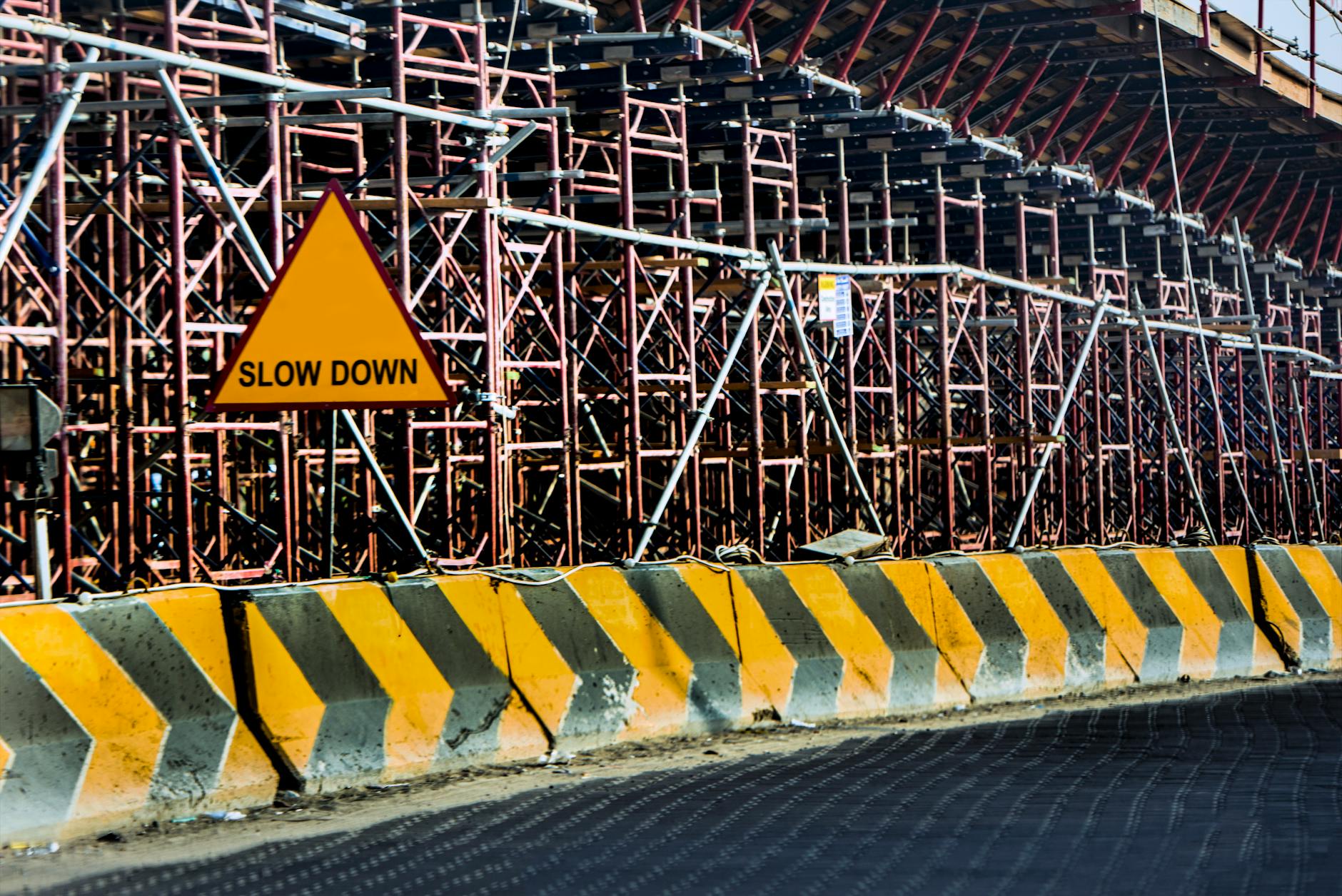This post may contain affiliate links or promotional content. We may earn a small commission at no additional cost to you. Information provided for educational purposes only. Please consult experts before making financial or legal decisions.
Consider sponsoring this post to help us share this knowledge with others! Email our team today.
Subscribe to Run The Money on Substack for more insights on financial resilience, audience growth, and building freedom in uncertain times.
Work is an essential part of life, where we spend a great deal of our time in service of funding our lives and families. Workplaces differ in all sorts of ways, but at least one thing links them together: safety.
Workers have a right to consider themselves safe in the workplace – a right which is often left unsaid, but which exists nonetheless.
Let’s learn more about your health and safety rights at work.
The Dangers of the Workplace
Health and safety issues pervade every workplace, with danger potentially found around every corner. There are more dangerous workplaces than others, with power plants and active construction sites being especially obvious examples. But even administrative office environments can present dangers to staff, whether electrical hazards, chemical hazards or simple trip hazards. The US has a regulatory answer for these potential worker risks, though.
About OSHA
OSHA, or the Occupational Safety and Health Administration, is a government agency under the United States Department of Labor. It exists to uphold and police the OSH Act of 1970, which includes a number of legal protections for workers as well as legal requirements for businesses. OSHA will frequently inspect businesses and worksites to ensure compliance is upheld.
Personal Protective Equipment
One of the more important regulations that OSHA oversees with regard to worker health and safety is in relation to personal protective equipment, or PPE. PPE describes any and every item or accessory of workwear that is designed to protect the wearer or user; the list is wide-ranging, from protective eye goggles and glasses to hard hats, boiler suits, steel toe cap boots and beyond.
In most situations, an employer is legally required to provide its employees with personal protective equipment – and to pay for it too. PPE can be sourced from the likes of RS Americas, alongside tools and basic materials. There are some exemptions with regard to this law, though, in the form of boots and prescription safety glasses – both of which are personal enough to the user to be deemed a personal expense.
Preventive Health and Safety
But PPE is a last-resort safety measure, required simply to mitigate injury in the event of a worst-case scenario. On a fundamental level, businesses should be treating health and safety as preventive instead of reactive. It is for this reason that OSHA requires businesses to have comprehensive health and safety training in place for employees, to reduce the likelihood of human error causing an injurious incident.
Conclusion: Health and Safety Rights at Work
In essence, workers have the right to a safe workplace. This right is legally enshrined in numerous ways, as explored above; employers are legally required to provide that safe workplace, without any form of retaliation to workers for speaking out over bad conditions. The reality is often messier than the spirit of the law, however organized labour movements are continuing to hold less-compliant businesses’ feet to the fire.
Some content on this site is contributed by partners or external sources. All submissions are reviewed for quality.

Leave a Reply